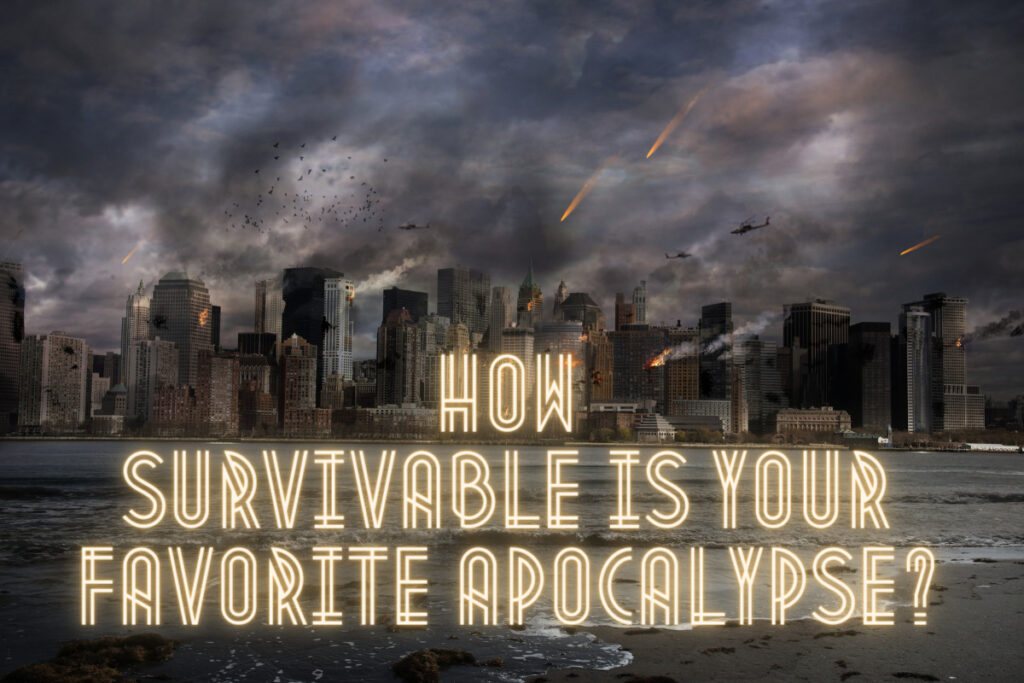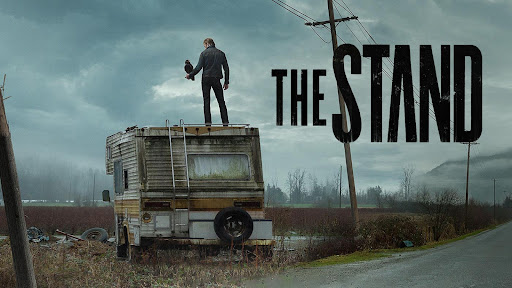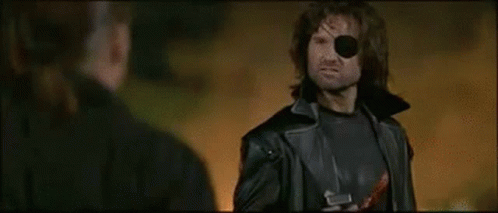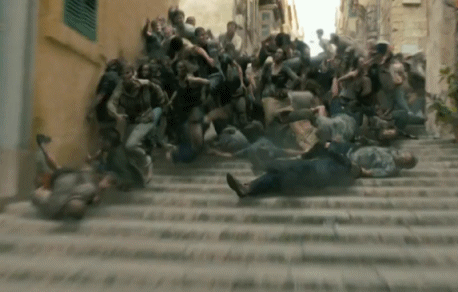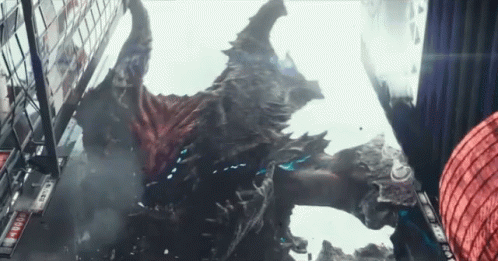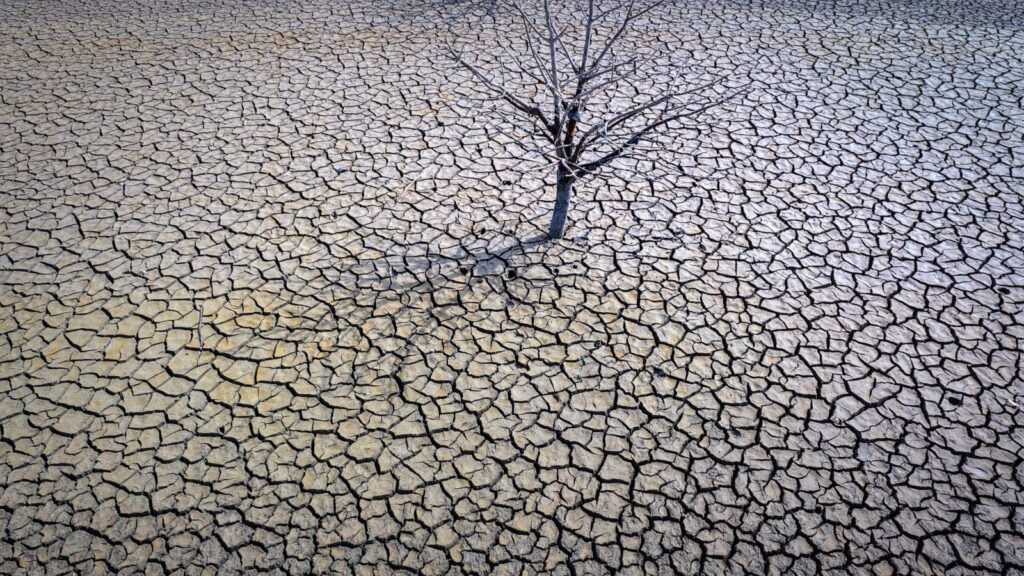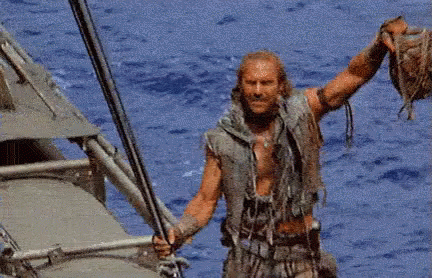There are so many variations of the end of the world, but how survivable is the calamity, really? To help determine this, I’ve taken several types of apocalypses and ranked them based on finding/growing food, the availability of water, locating shelter, the threat itself, and quality of life. Each element is ranked out of three, with the total being out of fifteen. The lower the number, the easier it is to survive.
This isn’t based on any actual study and is focused on industrialized countries – please have fun discussing it on our socials! Have you joined our Discord yet?
Asteroid Impact
Going back to the late 90’s here with Armageddon and Deep Impact, if an asteroid struck the earth (or if multiple did so) and we weren’t in the impact zone, what would life be like?
Food – 2
If we assume the asteroids didn’t bring any radiation with them and just made giant craters, it would depend on where the asteroids hit. Enough asteroid impacts would destroy our infrastructure, power grids, and farmland, so obtaining food would be quite difficult in the wake of that destruction.
Water – 1
You could obtain water from natural sources and boil it, depending, of course, on whether you had the means to do so.
Shelter – 3
A lot of people would be displaced from their homes. As such, housing would be hard to obtain for most, especially if we knew the trajectory of the asteroids and if people were able to evacuate before they hit.
The Threat – 0
Once the asteroids hit, the threat of impact is over!
Quality of Life – 1
This is a one-time problem that we could, eventually, recover from. While life would be hard for a while, I think people would be more likely to band together and build new communities than develop into raider gangs.
Plague
I don’t think I need to explain this one!
Food – 2
As we saw with Covid-19, during the initial days of a pandemic, the disruption of shipping created a lack of availability for certain products. Depending on the virulence of the plague, the effects of this could be catastrophic regarding food. But in thinking of life post-plague, like in The Stand, getting food at that point would be a matter of looting and then learning to farm.
Water – 1
Water would be the same as food, but unlike in a zombie apocalypse (see below!), where everything would break down very quickly due to zombies tearing stuff up, in a plague things would degrade slower. As such, essentials like water services would be available for longer, making it easier to stockpile. And with fewer people, lakes and rivers might regain some of their health, making water abundant in certain areas.
Shelter – 1
With the population reduced, people could essentially live wherever they want, rent-free.
The Threat – 3
Based on this plague being virulent enough to render the world post-apocalyptic, we have to assume it’s very transmissible and quick-acting. As such, the threat would still exist post-apocalypse.
Quality of Life – 2
This depends on whether you’re a sole survivor or wish to live with a larger community. The former would be ideal for this type of scenario, as it would be far easier to avoid the plague if it’s just yourself. And then you could have a sweet set-up like Bill in The Last of Us episode 3. If you wanted to live in a bigger group, the constant threat of plague would cause lots of anxiety, distrust of others, and no more Tinder hookups. Then again, it’s not like everyone avoided that stuff in 2020.
EMP
Think Escape from LA; some sort of device (or perhaps phenomena from space) causes an electromagnetic pulse to render all electronics inert. That means no lights, no vehicles with electronic components, and no … gasp … internet.
Food – 3
An EMP wouldn’t destroy the food. Yet, given it also wouldn’t lower the population drastically, as in a zombie apocalypse, food in an EMP’d world would grow harder and harder to get. So much of our food procurement and logistics depends on electronic devices for sorting, shipping, and sales. Chances are, so many foodstuffs would be trapped in processing plants. We also wouldn’t have a way to pay for anything, given so much of our money is based on electronic banking.
Water – 3
Purchasing potable water (not to mention sewage) depends on electricity to run facilities in the developed world. And given rainwater is no longer safe to drink anywhere in the world, unless you have a backyard, bbq, or a place to boil water, we’d run out pretty quickly. Even if you have natural gas, there are so many electronic components to gas stoves so that they likely wouldn’t work either.
Shelter – 1
All our houses and buildings would be intact, though they’d simply be without power. Yet, people who rely on elevators and other electronic devices would have a far harder time than those who are non-disabled.
Threat – 1
An EMP doesn’t cause harm to most people, though some who depend on electronics to live (pacemakers, electric wheelchairs) would be in danger.
Quality of life – 2
While the world would be apocalyptic for a while, if we could come together to ensure everyone has food and water, it wouldn’t take us too much time to rebuild and restart our electronics. That is a big if, though.
Zombie Apocalypse
A classic scenario that needs no explanation!
Food – 1
Food would be easy to get in a zombie apocalypse. A lot of people would be dead, so you could loot stores and houses for canned goods. You could create rooftop gardens safe from zombie attacks (of course, this depends on your climate and housing situation).
Water – 2
Same as food, water would be relatively easy to obtain from stores and cisterns for boiling and bathing. It would become a little harder depending on where you live and whether the electricity eventually turns off.
Shelter – 3
While there would be ample places to live, shelter is a bit harder than food or water because you’d have to either find or build a place that was zombie-proof. Those creatures always seem to find a way in!
The Threat – 2
This depends wholly on whether the zombies are fast are slow. If they are fast, the threat level goes up to three. If they’re slow, a two. Then again, if people just wore Kevlar, wrist-guards, and tucked their pants into their socks, there would be far fewer surprise bites.
Quality of Life – 2
If you can build a walled community, grow your own food, and obtain water, a zombie apocalypse wouldn’t be too bad, depending on the size of the hordes. I also don’t think raiders would be as much of a big deal as we tend to think; a zombie apocalypse might bring out the best of us as a society.
Vampires
You can guarantee if a vampire plague occurred, I’d just sign up for the immortal, blood-sucking life. Living forever means I’d finally get through all the books on my “to be read” list. But, this is about surviving with vampires as the threat, not becoming a vampire. Unfortunately.
Food – 2
A lot of people would be dead, allowing you to loot stores and houses for canned goods. Yet, depending on which vampire lore you’re using, vampires are smart and would likely look for proof of gardening to seek out new victims. You couldn’t have rooftop gardens or anything like that, and livestock would also be at risk for blood-sucking.
Water – 1
Water would be relatively easy to obtain from stores and cisterns for boiling and bathing. It would be a little less accessible depending on where you live and whether the electricity eventually turns off.
Shelter – 2
While there would be ample places to live, shelter is a bit harder than food or water because you’d have to either find or build a place where you could barricade the entryways.
The Threat – 3
This depends on the type of vampire. Vampires like in 30 Days of Night or Impact Winter would be a considerable threat, versus those kids from Twilight taking over.
Quality of Life – 3
This also depends on the type of vampire, but if we subscribe to the idea that they’re the “attack at night” kind, it would be pretty terrible to be stuck inside every night with your doors and windows barricaded. Likewise, even if most of the vampires are feral, there are always a few smart ones, and you know they’d do something like damage the electrical grid or poison the water to try and lure people out.
Giant Monsters
I’m thinking Kaiju here, like in Pacific Rim. If alien monsters were the problem, as long as we have a giant mech suit to fight them, we should be fine. But if they’re the kind from Attack on Titan? I’m just giving up.
Food – 2
Let’s say the giant monsters destroyed cities but they still reappear every so often to wreak more havoc. In this regard, while we’d hopefully still have some infrastructure, getting food would be a lot harder.
Water – 1
If a suburban or rural house still has most services (or a well), water wouldn’t be that hard to obtain. Likewise, collecting rainwater and boiling it wouldn’t be too difficult.
Shelter – 3
If you live in the city and manage to escape, you’d have to find somewhere to live. If you already live in suburbia or the country, you’d likely be asked to host families of refugees. The suburbs would be overrun with fleeing citizens, and temporary housing would have to be built. It would cause quite a ruckus, and growing populations would cause those areas to become new targets for Kaiju.
Threat – 3
Given these are skyscraper-tall monsters, some of whom have added bonus features (like breathing fire), you’re basically relying on luck to survive an encounter. Unless, of course, you have a mech suit.
Quality of Life – 3
Fear would be constant, and people from cities would flee to the suburbs and rural areas. If you already live in the country, you might be okay, but as a refugee with your condo in splinters and your city flattened, your life would be in shambles.
Nuclear War
In this regard, we’re thinking in terms of Fallout or 80s b-movies: where a nuclear war has demolished civilization, but groups of people are living in a crater-filled wasteland with mutants and struggling communities.
Food – 3
Even if you survived the initial blast, most food in the radius would be inedible. Likewise, fallout can circle the globe for years after a blast, tainting food and water alike.
Water – 3
In reality, water in the blast zones would be irradiated, so unless you had a way to purify it, you’re pretty much screwed. Also, see above regarding fallout.
Shelter – 2
Finding a home to live in wouldn’t be too hard, but whether that home is comfortable and safe from radiation is another thing.
The Threat – 2
Residual effects, like radiation or mutant creatures, would be something to worry about, but if you have a Geiger counter and a shotgun, you should be fine.
Quality of Life – 3
While Fallout the game is a blast (I don’t apologize for that pun), the quality of life in a real nuclear apocalypse would be pretty bad. Even if you found a fertile and non-irradiated patch of land, who knows whether the rain would be safe to water crops, let alone to drink. Procuring materials would be hard when most of the major cities were destroyed, and, in this land with low resources, raider gangs would spring up. Overall, as much as it’s fun to play in games, a nuclear wasteland would be pretty crappy to live in.
Climate Disaster – Drought
We’re talking worldwide drought here.
Food – 3
Without water for crops or livestock, our food supplies would run out fairly quickly.
Water – 3
Unless you’re able to dig a well, you’re screwed, especially if the freshwater has dried up and rain is infrequent. Those who already live in arid climates would survive longer, but most people would die of dehydration.
Shelter – 1
No issues here.
The Threat – 3
The threat isn’t a tangible one like a monster, but the lack of water is a pretty terrible problem.
Quality of Life – 3
Constant thirst would be awful, as would a lack of water for bathing and even cleaning.
Climate Disaster – Flooding
Let’s go the full mile here and say it’s Waterworld.
Food – 2
You could fish, presumably, and there are other water-based animals you could eat. If you had seeds and soil, you could create a floating garden, but that depends on how fast the flooding occurs and how big your boat is.
Water – 3
If you had a machine that desalinates salt water, it would be great, but if not, you’d die of thirst pretty quickly.
Shelter – 3
This depends on how much you like living on a boat. It would also be a very tenuous existence, full of threats of rogue waves, falling overboard, and rife for dictatorial control methods if you lived on a larger vessel. There would also be the learning curve of navigation and learning to sail (as gas would be scarce).
The Threat – 2
Given we’re not talking about a tidal wave here, the water itself can’t grab and kill you, but living on the water is full of dangers (as listed above).
Quality of Life – 3
While I could think of worse ways to live, scraping by on a boat would be a life fraught with worry over food, drinkable water, and what the future would hold.
It appears all apocalypses have varying levels of survivability, but the worst ones are those that are linked to humanity’s self-destructive practices and climate change. Is this really any surprise?
Let’s hope for that vampire apocalypse instead!
Want to have polite discourse about my assessment? Join our Discord server here. You can also follow us by email here, on Facebook, or Twitter. Oh, and TikTok, too!

